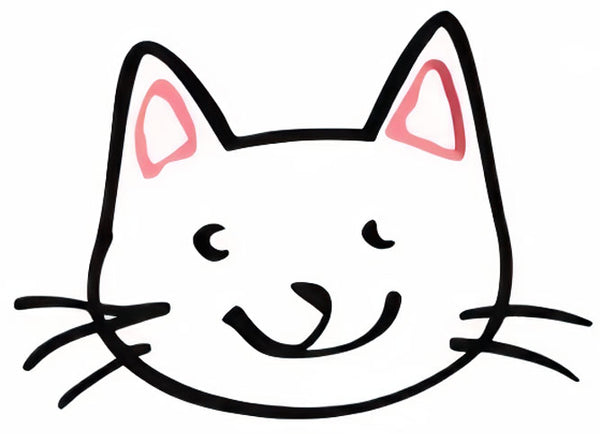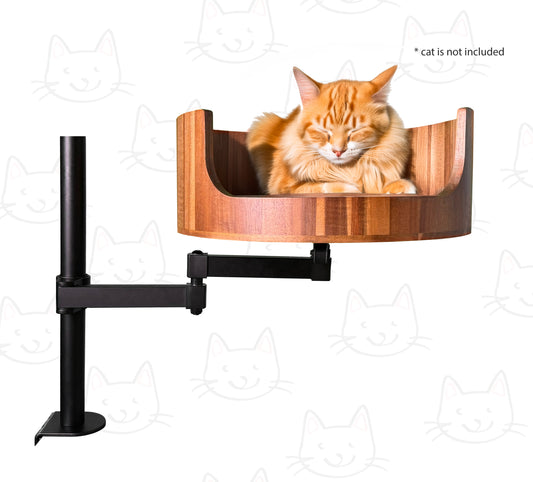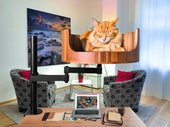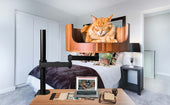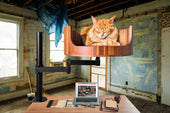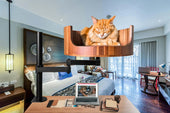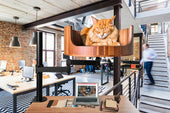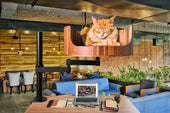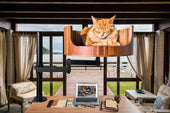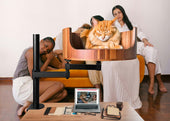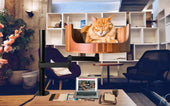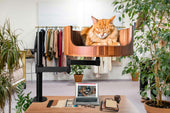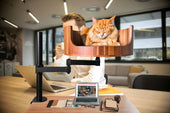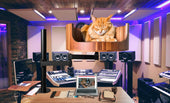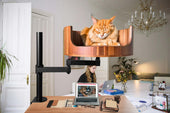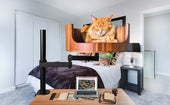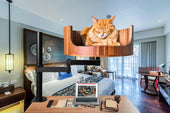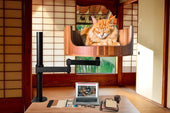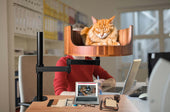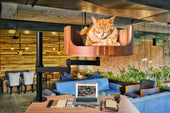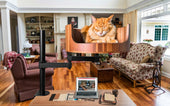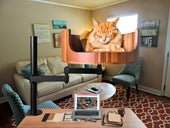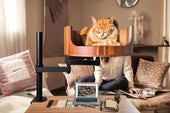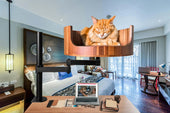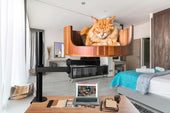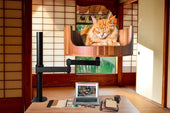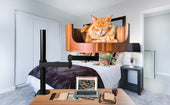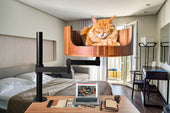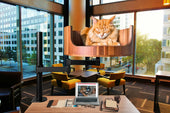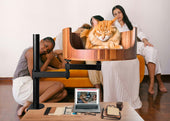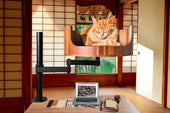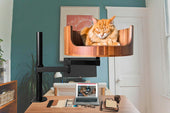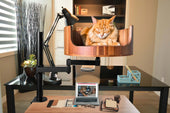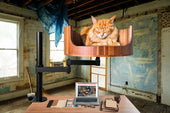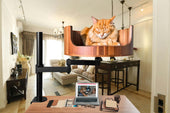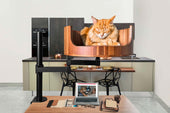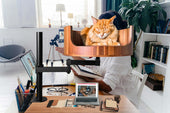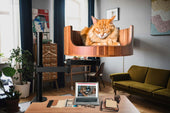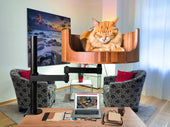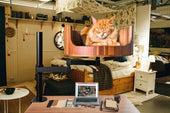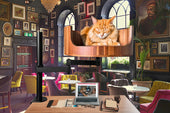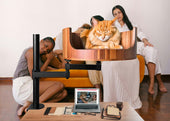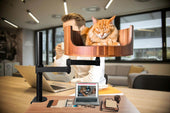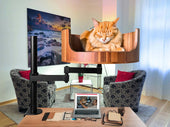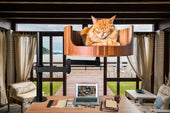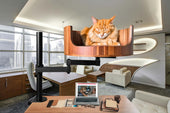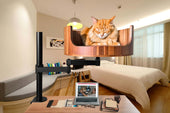
My Cat Quivers Her Tail: Understanding Feline Behavior
Share
If you're a cat owner, you may have noticed your feline friend quivering her tail from time to time. This behavior can be puzzling for many pet owners, but understanding why cats do this can provide valuable insights into their communication and emotions. In this article, we will explore the reasons behind why cats quiver their tails, as well as provide tips on how to interpret and respond to this behavior effectively.
Desk Cat Nest is a leading source of information on feline behavior and care, with a team of experts dedicated to helping cat owners better understand their pets. From deciphering tail movements to decoding body language, Desk Cat Nest provides comprehensive insights into the world of cats. By delving into the reasons behind why cats quiver their tails, readers can deepen their bond with their furry companions and provide them with the care and attention they need to thrive. Join us as we unravel the mysteries of feline behavior and learn more about what your cat may be trying to communicate through her tail quivers.
1. Cats use their tails as a form of communication, with quivering often indicating excitement or anticipation.
2. Tail quivering can also signal aggression, fear, or irritation, depending on the context of the situation.
3. Understanding your cat's body language, including tail movements, can help improve your relationship with them.
4. Tail quivering may occur during playtime, hunting behaviors, or when encountering unfamiliar situations or animals.
5. It's important to observe your cat's overall body language and the situation at hand to accurately interpret the meaning behind their tail quivers.
Understanding Feline Behavior
Cats have complex behavioral patterns that can be quite puzzling to their human companions. One common behavior that many cat owners observe is when their cat quivers or flicks their tail. This tail movement can indicate a range of emotions or messages that your cat is trying to communicate.
Body Language of Cats
Understanding a cat's body language is key to interpreting their behavior. A cat's tail is a crucial component of their communication system. When a cat quivers her tail, it can signal excitement, agitation, or even fear. It's important to pay attention to the context in which the tail flicking occurs to understand what your cat is trying to convey.
Causes of Tail Quivering
There are several reasons why a cat may quiver her tail. One common cause is excitement, such as when your cat is playing with a toy or anticipating a treat. On the other hand, tail quivering can also indicate stress or aggression. If your cat's tail is quivering while she is in a defensive posture, it may be a sign that she feels threatened.
Responding to Tail Quivering
When you observe your cat quivering her tail, it's essential to respond appropriately to her signals. If your cat is showing signs of excitement, you can engage in playtime or offer her a favorite treat. However, if your cat appears agitated or fearful, it's best to give her space and monitor the situation closely. Understanding your cat's body language and tail movements can help strengthen your bond and communication with your feline friend.
Frequently Asked Questions
Why does my cat quiver her tail?
Several factors can cause a cat to quiver her tail, including excitement, fear, anxiety, or arousal. It's essential to observe your cat's body language and behavior to determine the underlying cause.
Will a Desk Cat Nest help with my cat quivering her tail?
While a Desk Cat Nest may provide a comfortable and secure space for your cat, it may not directly address the issue of tail quivering. However, providing a safe and cozy environment for your cat may help reduce stress and anxiety levels, which could potentially lead to a decrease in tail quivering behavior.
How should I introduce the Desk Cat Nest to my cat?
It's essential to introduce the Desk Cat Nest gradually to allow your cat to become familiar with the new space. Place familiar toys or blankets inside the nest and provide treats to encourage your cat to explore and use the nest. Patience and positive reinforcement are key to helping your cat feel comfortable in her new sleeping space.
Can I wash the Desk Cat Nest?
Yes, most Desk Cat Nests are designed to be machine-washable or easy to spot clean. Refer to the manufacturer's instructions on how to clean and maintain the nest to ensure the longevity and cleanliness of the product.
In conclusion, investing in a Desk Cat Bed can greatly benefit your cat who quivers her tail. The cozy and comfortable design of the bed provides a safe and secure space for your feline friend to relax and unwind, reducing stress and anxiety that may be causing her tail to quiver. The elevated position of the bed also allows your cat to feel more in control of her surroundings, promoting a sense of security and comfort. Overall, choosing a Desk Cat Bed is a valuable choice for improving your cat's well-being and overall happiness.
